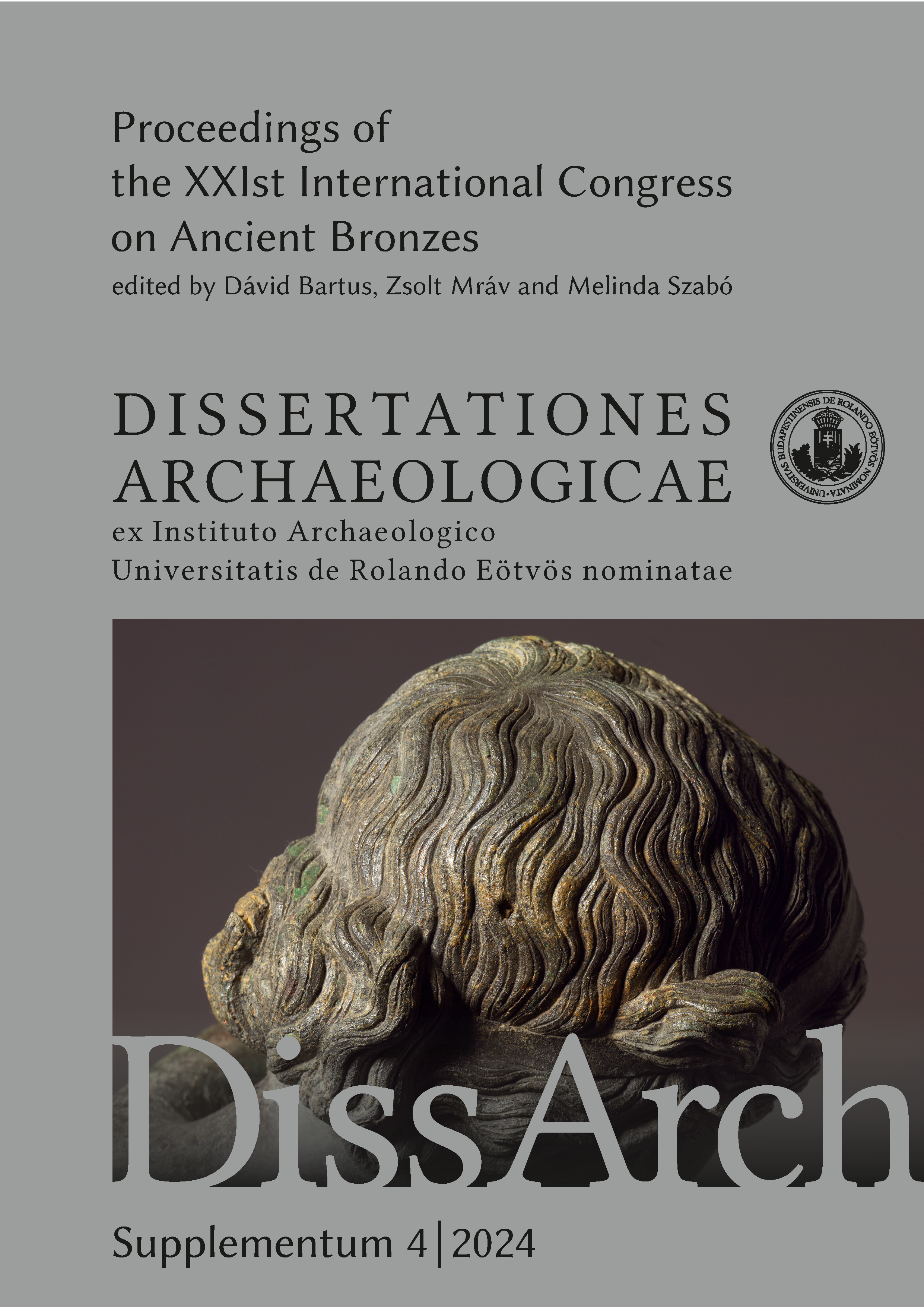Published 2024-09-30
Keywords
- Roman bronzeware,
- amphoras,
- Thrace,
- North Pontic area,
- Asian Sarmatia
- Bosporan–Roman war ...More
How to Cite
Abstract
In the Sarmatian burials six intact or fragmented bronze amphoras and one separate handle of Tassinari types A3212 and A3220 were found. The peculiarities of shape, details and sizes discussed. The clear majority of large vessels (mainly from 40 to 44 cm high) in Thrace and Asian Sarmatia contrasts with the finds from Pompeii or Western and Central Europe. A significant number of amphoras from Sarmatia originate from the so-called ‘princely’ burials in the Lower Don region of the second half of the 1st – early 2nd century AD. There is a correlation of the finds with the remains of the funeral feasts associated with central female burials in the mounds. The penetration of amphoras to the nomads gives reason to assume that such vessels were in some demand among them and it was not by chance that large amphoras were brought to Thrace and Sarmatia. If this is so (and I cannot find another explanation), then such large vessels could have been specially made with a view to the Thracian and Sarmatian aristocracy. Of course, this was not the only way of penetration of large bronze amphoras to the Sarmatians. There are grounds to suggest that the large bronze amphoras could be acquired by the Sarmatians also during the Bosporan–Roman war in 45–49 AD.


